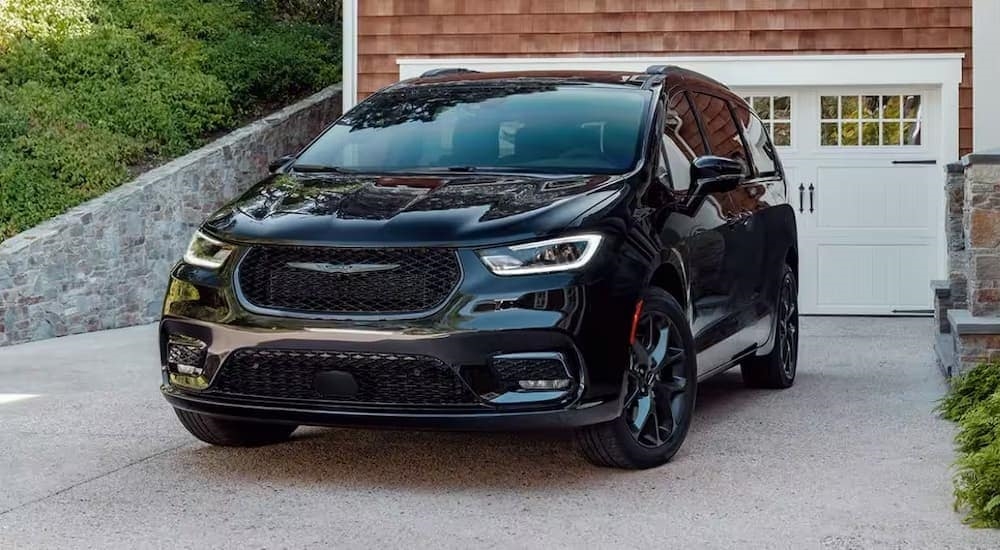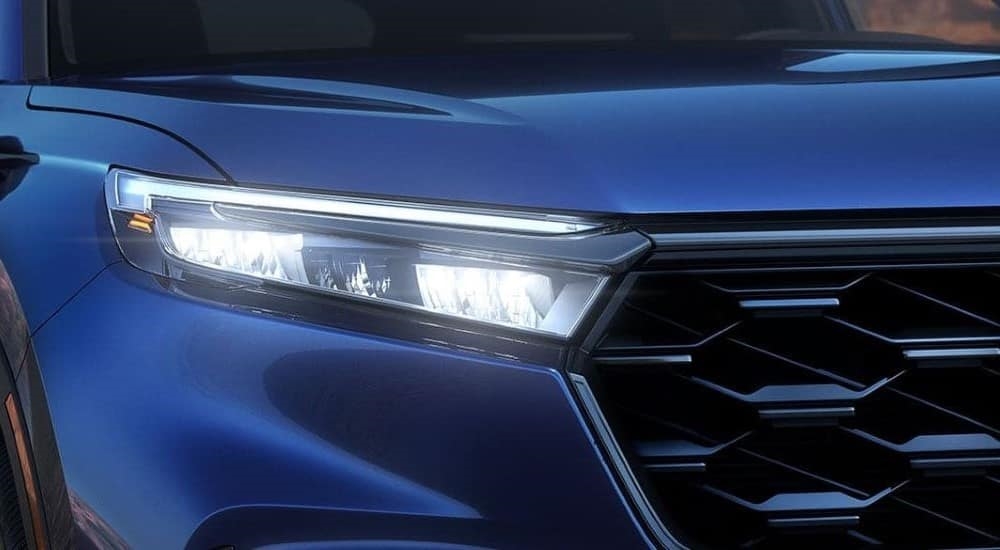Understanding Hybrids versus Plug-In Hybrids
As a dealership with many used hybrid vehicles for sale, we often get questions about how hybrids differ from plug-in hybrids. With the vehicle industry rapidly evolving and constantly adding more models with non-traditional powertrains, there is a lot to keep up with. Understanding all of the new technology, how it works, and the pros and cons of it all can be overwhelming. We get that, which is why we pride ourselves on being a source of information and your guide in your hybrid journey.
So, what are hybrid and plug-in hybrid vehicles? How are they similar? What differences do they have? Let’s discuss to find out, and together, let’s find you a great used option that fits you best.
A Look at Hybrids
Hybrid vehicles will have an internal combustion engine and one or more electric motors. In order to recharge the battery, all you have to do is hit the brakes. The batteries in hybrids recharge from something called regenerative braking. Put simply, when you bring your vehicle to a stop, all of that kinetic energy that would’ve been lost in a traditional gas vehicle is stored in the hybrid’s battery. You do not plug a hybrid vehicle in to charge it. All battery power comes from regenerative braking, so if you’ve been flying down freeways for a while, your battery could become low on power. If you’ve been sitting in stop-and-go traffic, it’s probably high.
While you’re driving, the gas engine and the motors hand off the responsibility of powering the vehicle. The powertrain makes constant, precise adjustments, relying a little more on the gas engine and a little more on the motor when appropriate to maximize fuel efficiency. Some hybrid vehicles can run on battery power alone for a time. However, that’s not true for all trips. Hybrid models tend to rely more on the motor at low speeds and more on the gas engine at high speeds.
Hybrids can be popular among drivers who spend a lot of time in residential areas and similar places where you drive at low speeds. They’re also popular among those who sit in a lot of stop-and-go traffic.
A Look at Plug-In Hybrids
Plug-in hybrids (PHEVs), like regular hybrids, also have an internal combustion engine and an electric motor (or more). While they can also recapture battery power through regenerative braking, PHEVs primarily get their battery power through chargers. As their name promises, plug-in hybrids can be plugged into a charging station or wall outlet — in either a standard 120-volt or a more powerful 240-volt outlet.
Your at-home charger will likely be compatible with a 120-volt outlet, which is the slowest option. So it’s best for charging overnight or times you can leave your PHEV parked for a while. Public chargers, which are much faster, tend to use 240-volt outlets. You can get a near-full charge on a level 1 outlet (120-volt) in roughly five to six hours. You can get a near-full charge on a level 2 outlet (240-volt) in one to two hours. However, as systems improve, the charging time will only become faster.
One major difference between a PHEV and a regular hybrid is that the PHEV relies primarily on the battery. You can drive only using your electric motor, without using gasoline, while driving a PHEV if you tend to take shorter trips (10-50 miles). If you are on a longer trip, you can switch over from the battery to using gasoline. Alternatively, in a hybrid, the vehicle mostly relies on the internal combustion engine, relying on the battery just in low-speed settings.
Primary Differences to Be Aware Of
Now that you understand the core ways that PHEVs versus hybrids function, let’s take a closer look at the real benefits and differences you’ll experience as a driver of either one.
Cost
Since PHEVs typically have larger, more powerful motors and require chargers, they usually cost more on the MSRP than hybrids. That said, you will save a lot of time between stops at the gas station than you would with a hybrid, saving you more in the long run. Shopping used models is also going to save you quite a bit of money, regardless of which hybrid option you pick.
Electric Range
Hybrids mainly only operate in electric mode in low-speed settings; PHEVs can typically run on battery alone in high-speed settings. The range in most PHEVs isn’t enough to take you on a road trip only using the electric motor, but it will handle your daily work commute with ease. PHEVs have an average electric-only range of 10 to 50 miles.
Scheduling
The nice thing about PHEVs is that because you can plug them in to charge their motors, you can decide when you get a big power boost. Your ability to charge your hybrid’s battery relies entirely on where and how you drive, because it’s all from regenerative braking. With a PHEV, though, when you want to charge your batteries, just plug in.
Flexibility
If you don’t want a long electric range, you can drive your PHEV for a while without plugging in. As long as you keep your gas tank full and hit the brakes often, it will continue to operate in hybrid mode, relying on both the engine and motor to run. That said, you may find that a hybrid that doesn’t require an external charging source may fit into your lifestyle a bit better. Consider your day-to-day routine when you are considering which may be a better option for you.
Availability
Most major manufacturers now make hybrid variants of their popular vehicles; not as many build PHEVs yet. And those that do make PHEVs tend to build more hybrids than PHEVs. Ford, for example, offers its full-size truck, the F-150 in a hybrid variant, but not in a PHEV. The same goes for their compact truck, the Maverick—there’s a hybrid, but no PHEV option. Chevrolet makes a hybrid variant of its speedy Corvette, but no PHEV. You’ll have a wide selection of hybrid models to choose from when you shop used.
Discover the World of Hybrids and PHEVs at Klein Honda Whether you feel that a used hybrid or a PHEV is right for you, we’d love to help you select your model. Currently, we carry a large selection of hybrid vehicles, including new and used options. We, of course, have brand new Honda hybrids, like the Accord and CR-V. We also have pre-owned hybrids from other top manufacturers. We’re excited about the increase in interest we’re seeing in non-traditional powertrains. We know that stepping away from fully combustion engine models gives our customers more freedom to decide how they power their vehicles and how they spend their hard-earned money.
In a world where gas prices are so unpredictable, having an alternative way to keep your vehicle running is liberating. Hybrids offer that benefit. And because so many brands make hybrids, we have tons of models to check out. If you still have questions about hybrids versus PHEVs, our staff will be happy to answer them for you. We’re here for every step of your buying journey and can’t wait to show you our hybrids.


